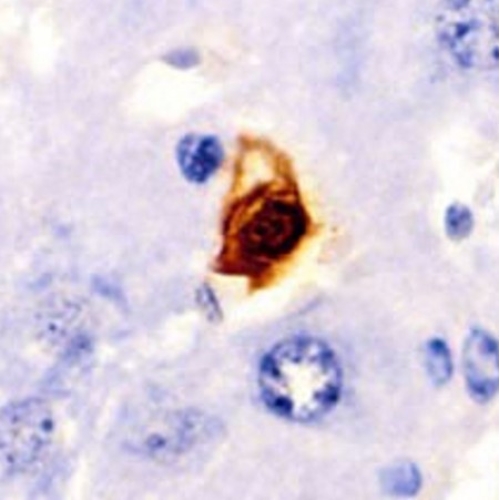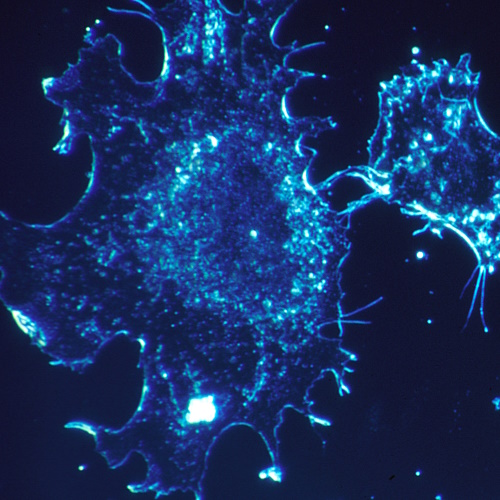Key points from article :
The study illustrated how radiation-induced damage can be somewhat ameliorated with senolytics.
The researchers focused on navitoclax along with the well-known combination of dasatinib and quercetin.
Successful methods of defeating cancer often involve sending the cancerous cells into a senescent state.
The researchers irradiated 5-month-old male mice with sublethal doses, soon after this senolytics were administered.
This resulted in decreasing whisker loss, body weight, and body condition.
Navitoclax also decreased the numbers of tumors formed and improved fur color.
After three months, mice on early senolytics had reduced alanine transaminase, a measurement of liver damage, better hanging grip, behaved smarter in a maze test and remained tumor-free for longer.
Early senolytics did not reverse the frailty caused by irridation, but they slowed its progression compared to other irradiated mice.
However, senolytics delivered at the age of 11 months and tested at 14 months, did not help much.
While this study’s findings were significant, its results were limited and possibly disappointing to anyone who expected serious rejuvenative effects.
Human studies are required to know if this will truly be effective in people.
Published in eLife Sciences, the study was carried out by researchers at Newcastle University in the UK.







